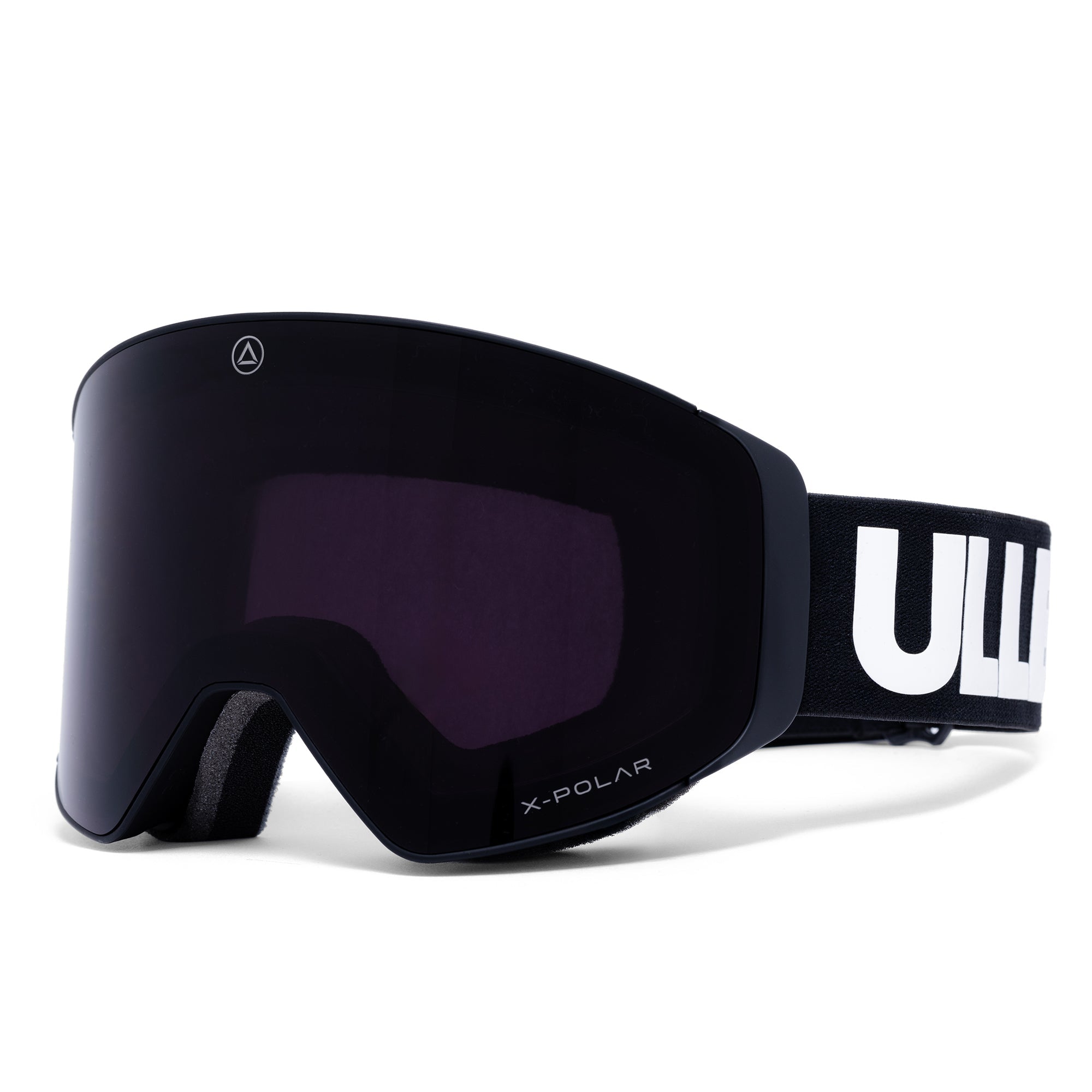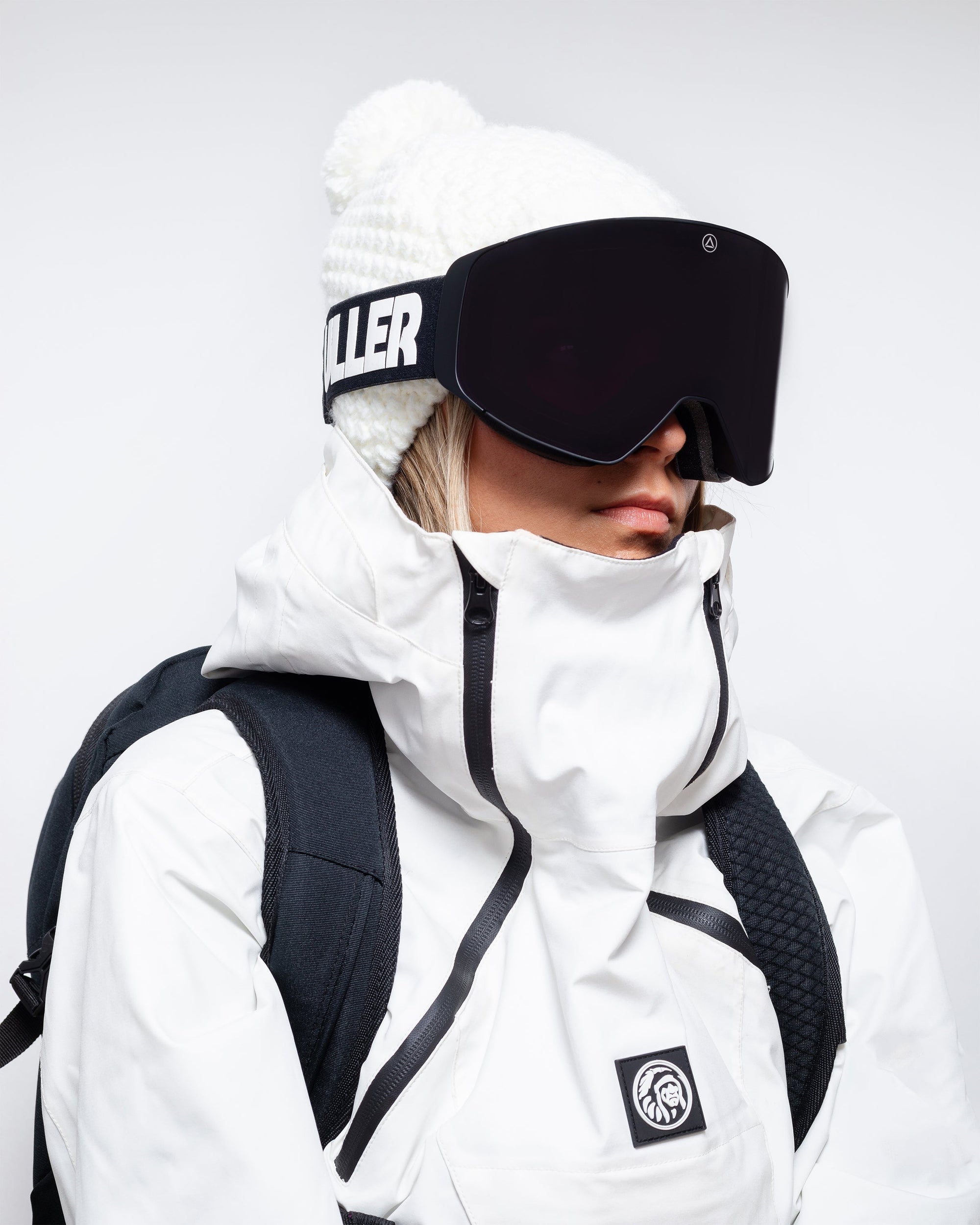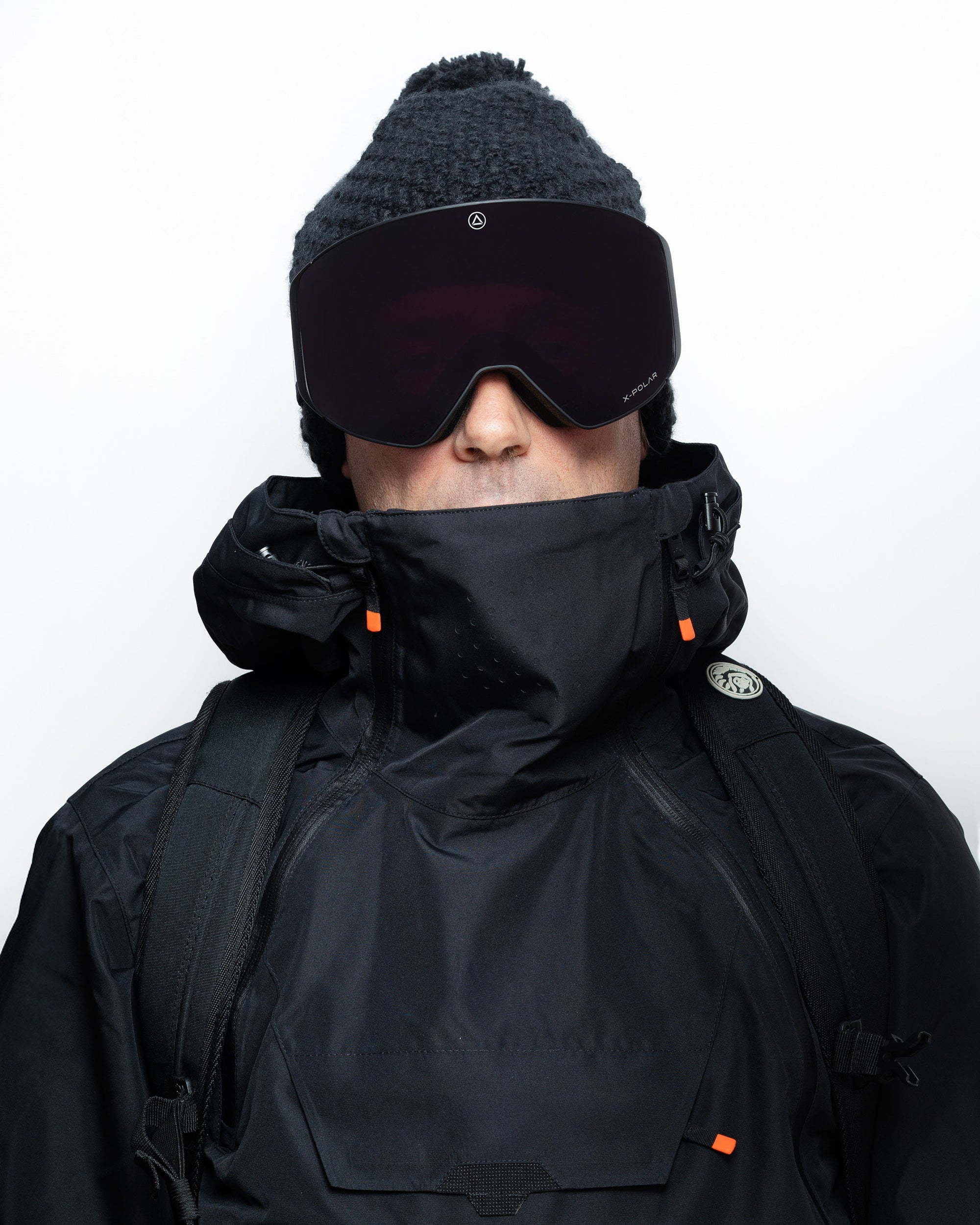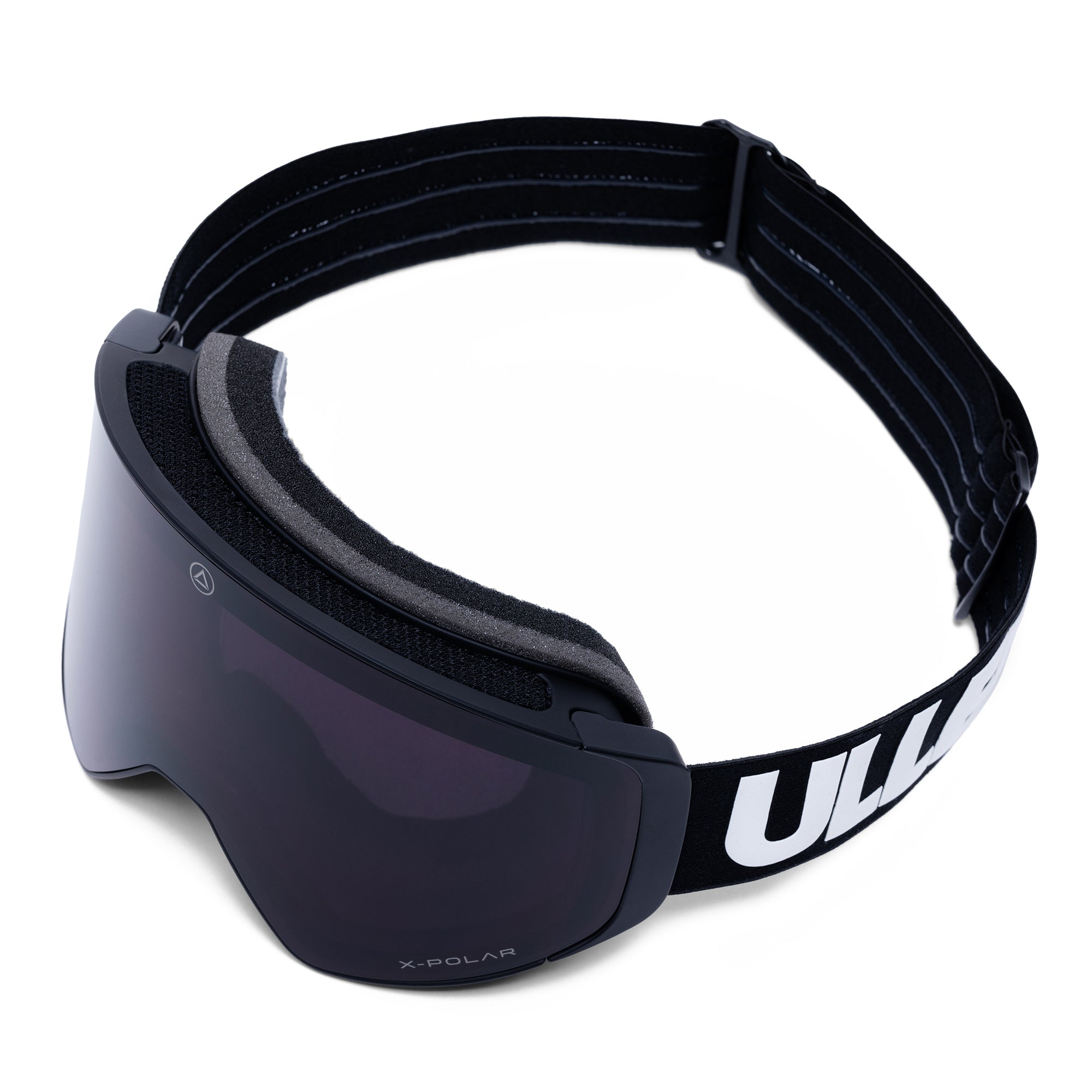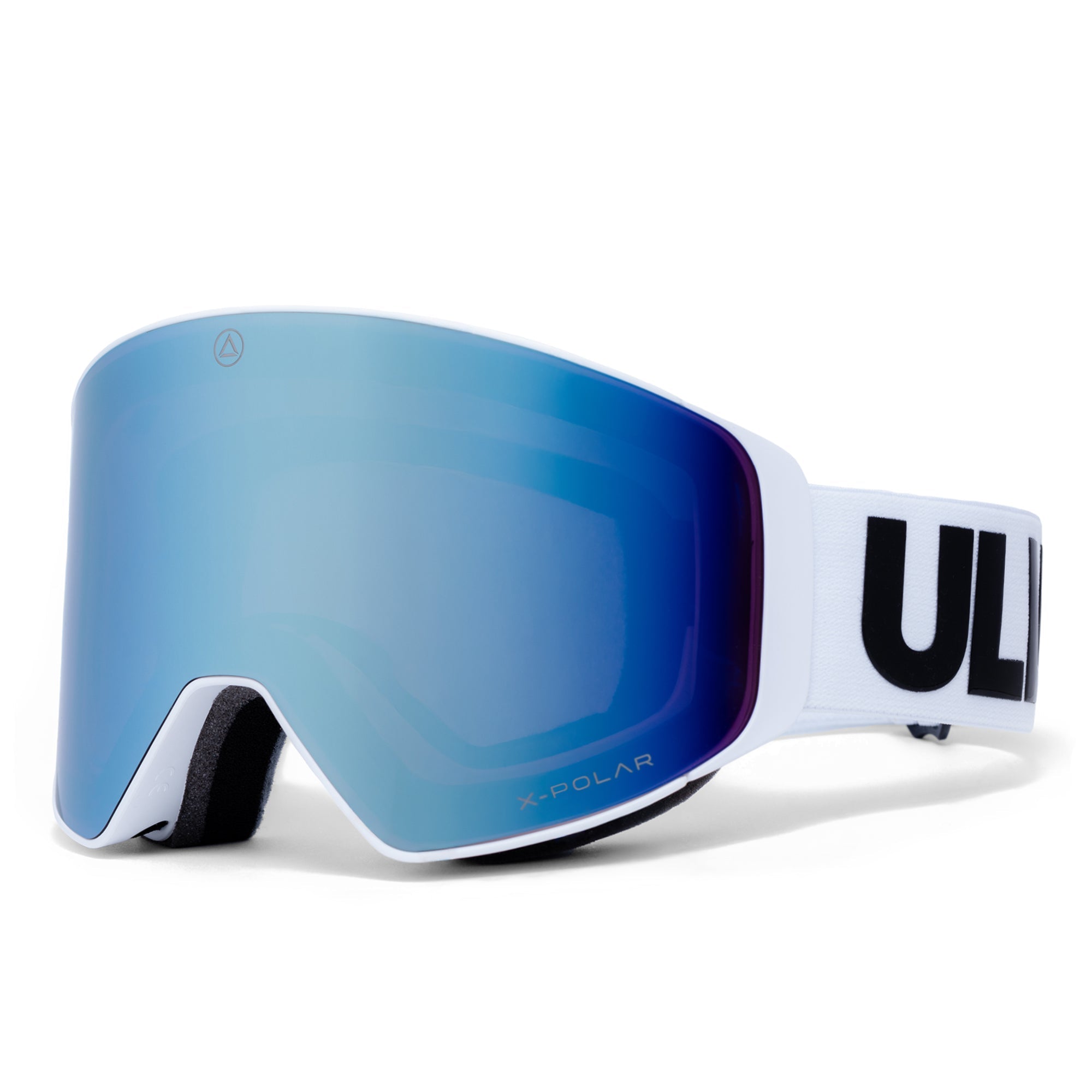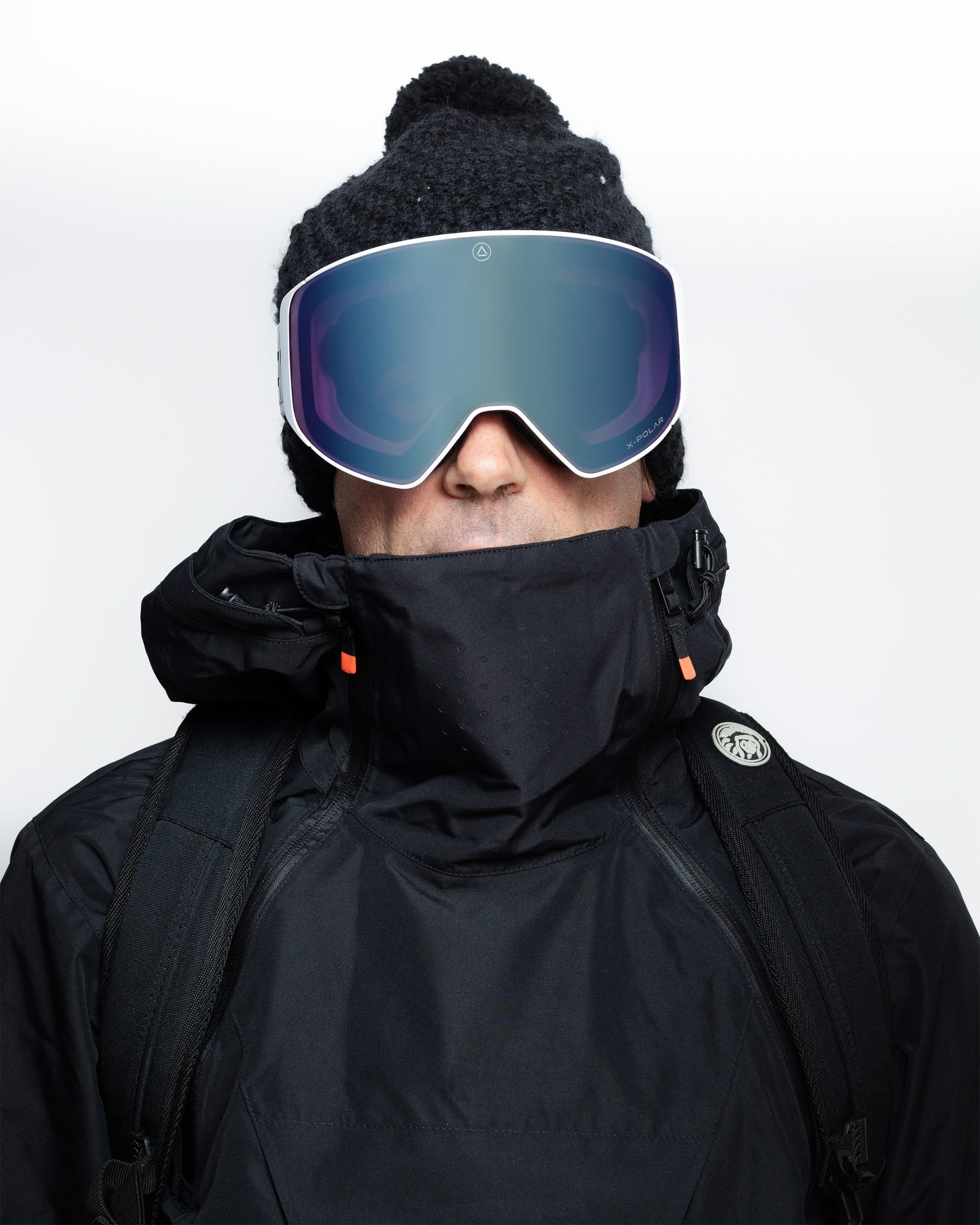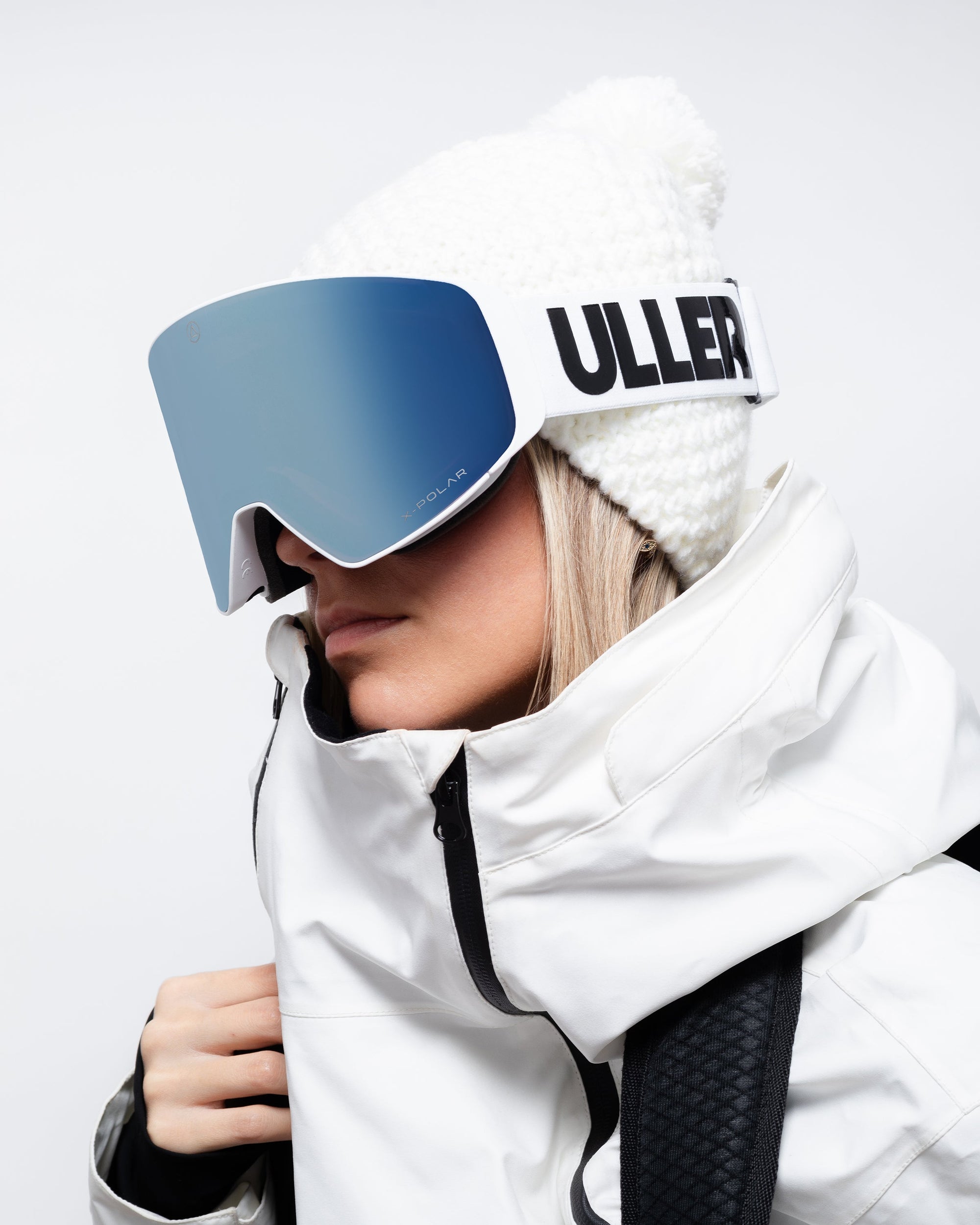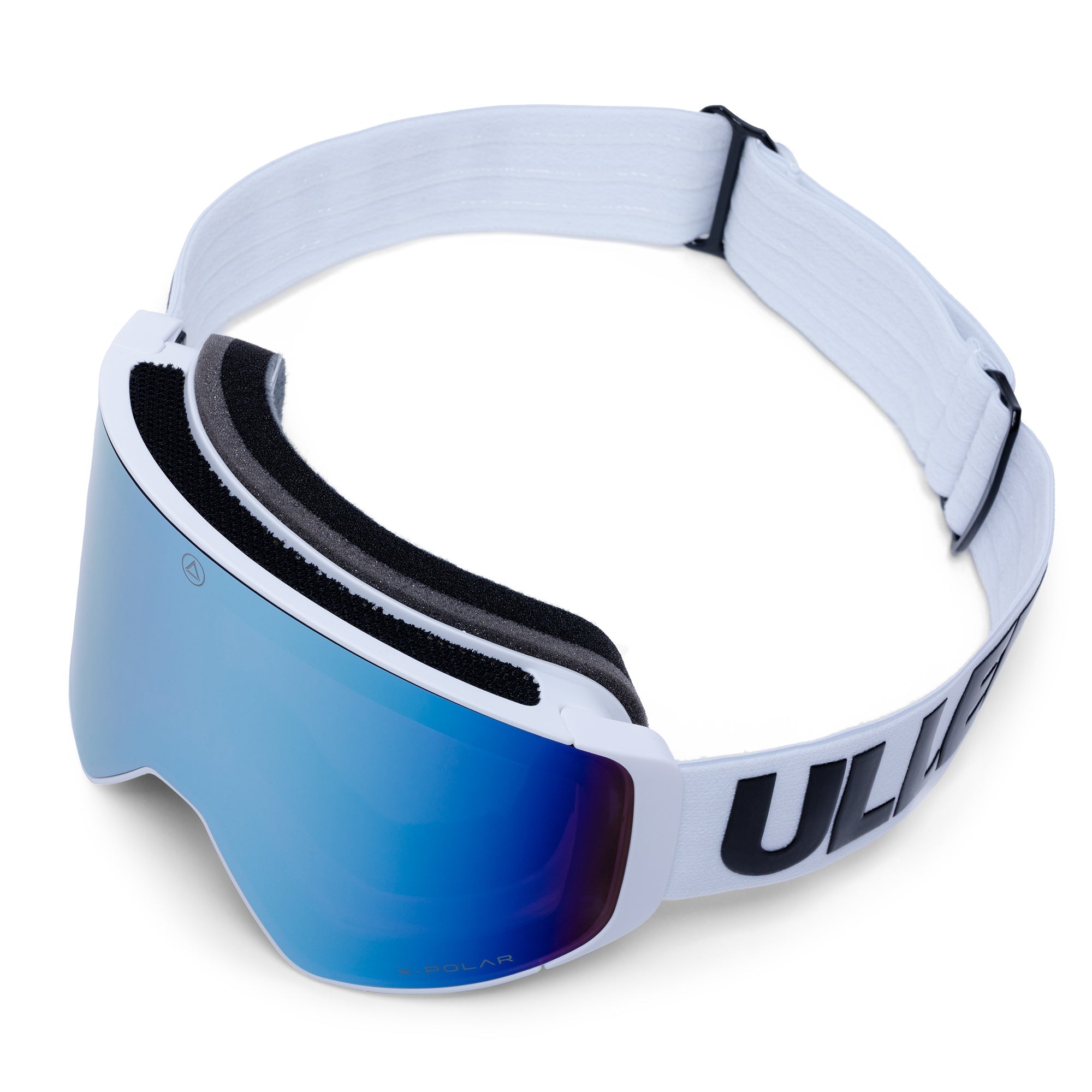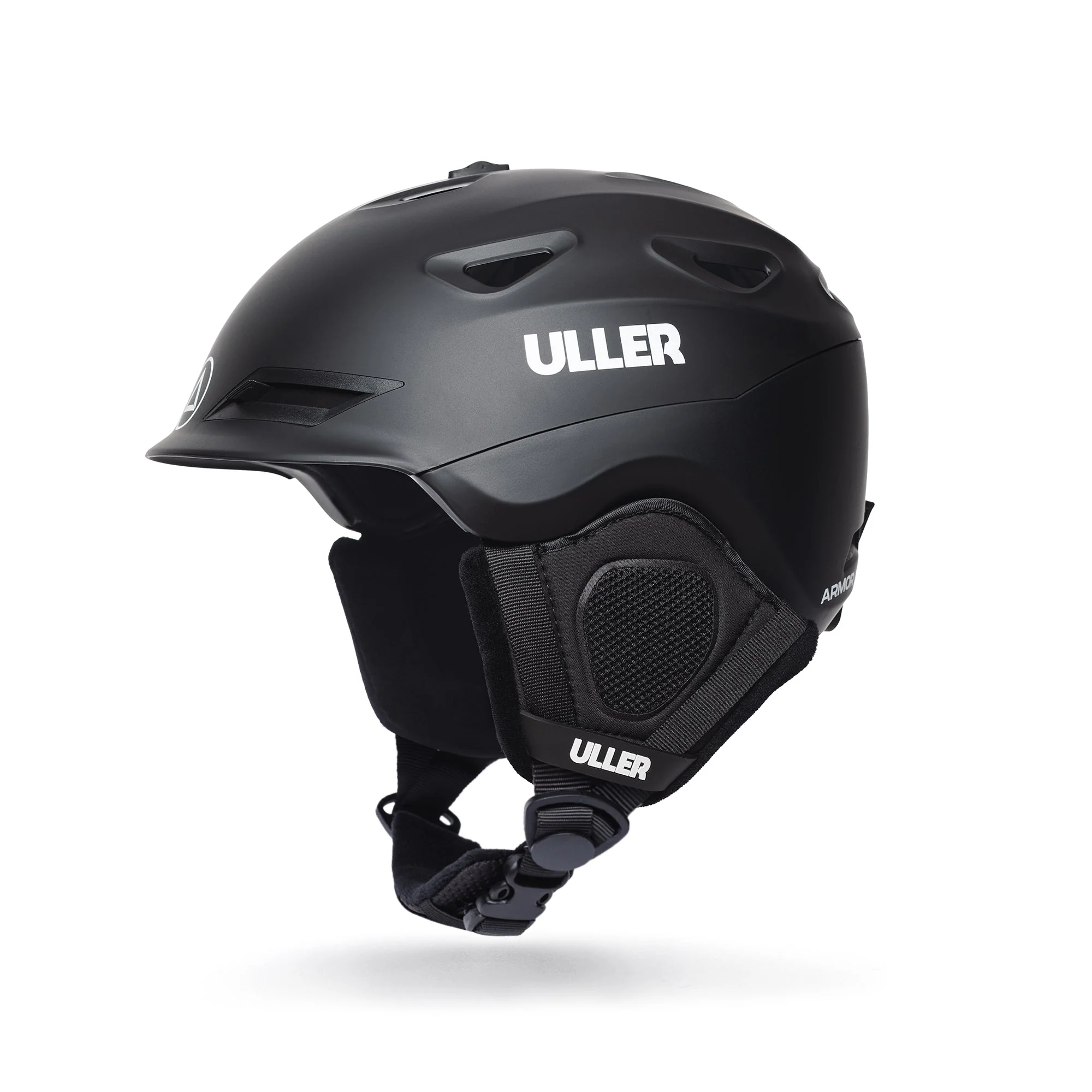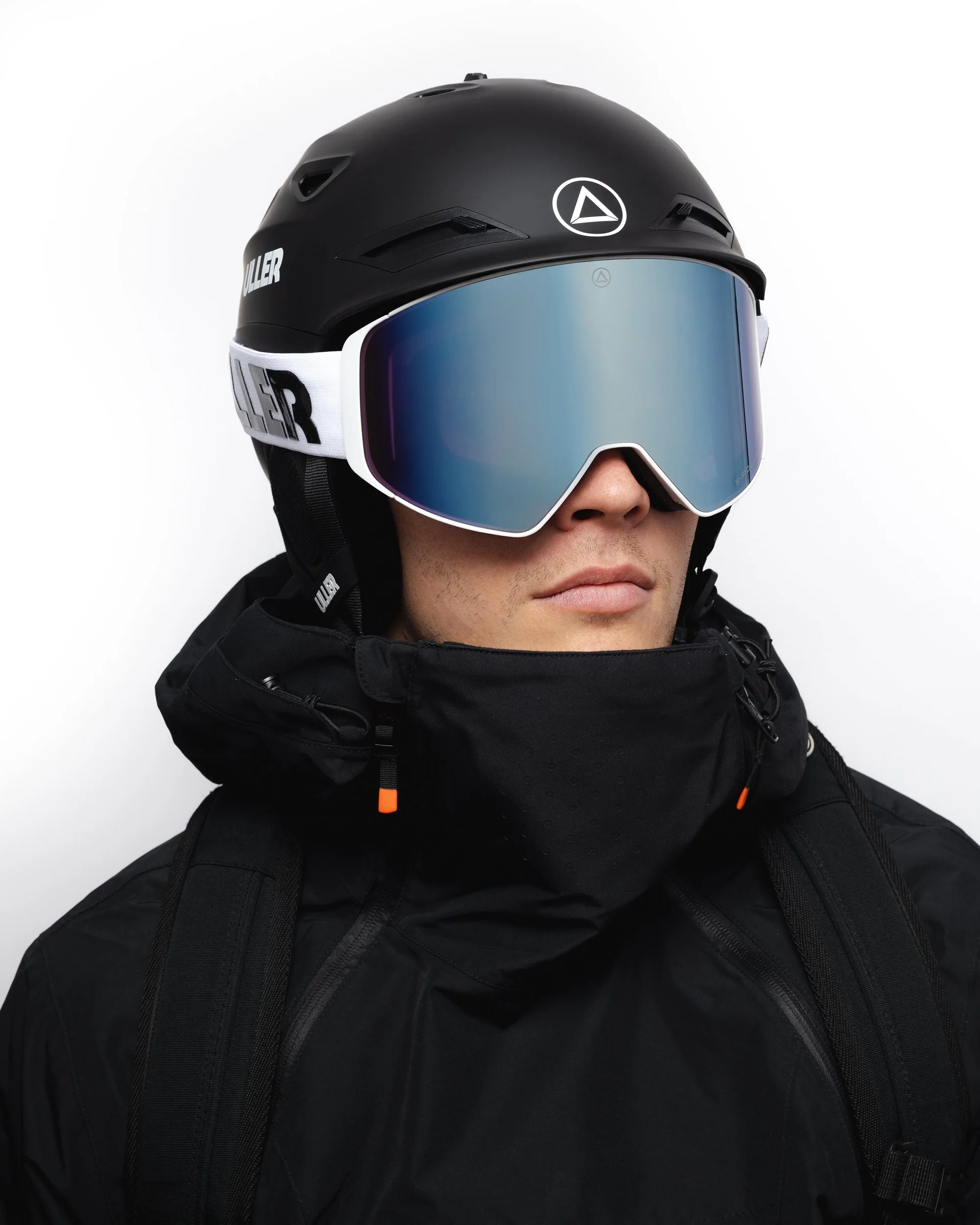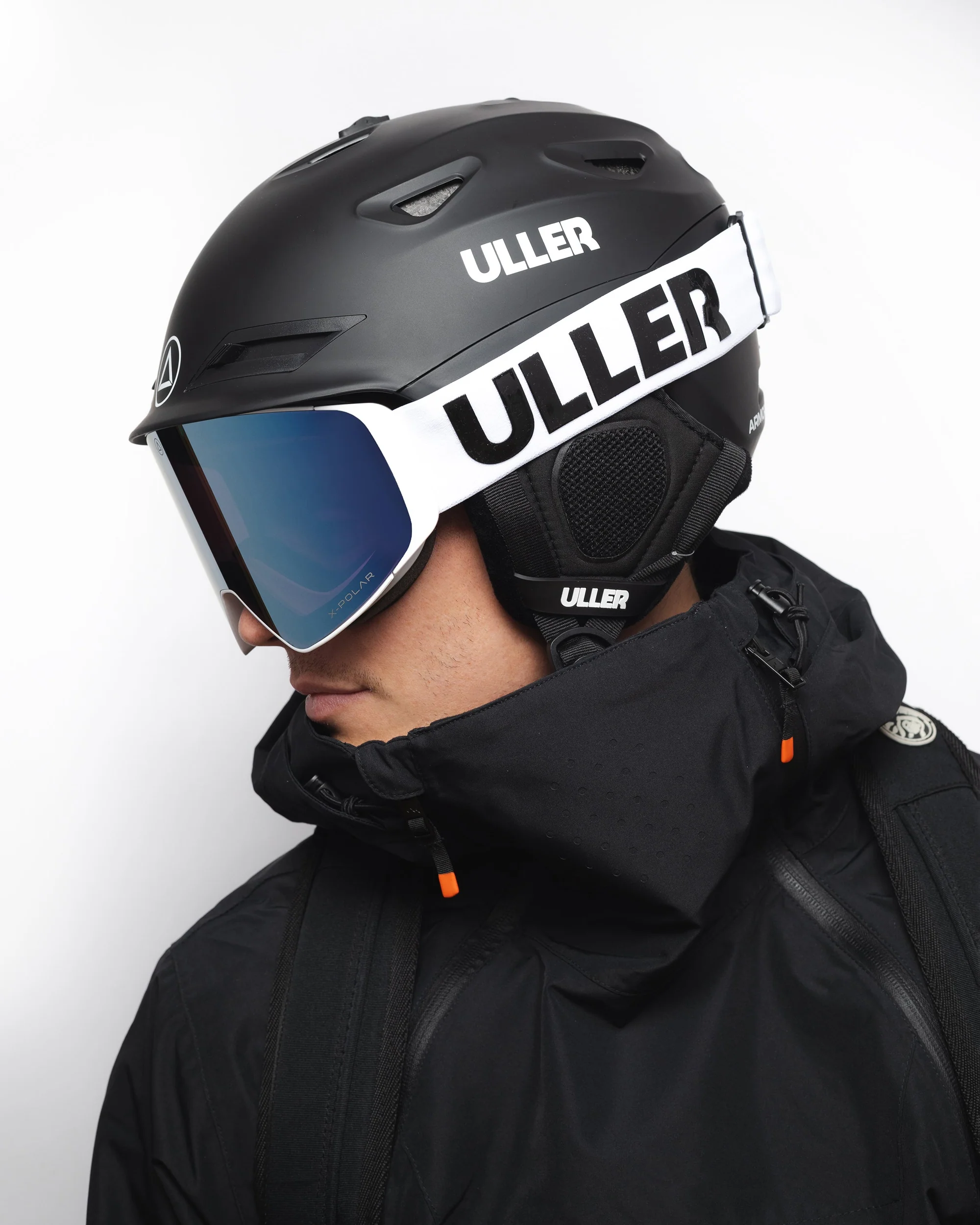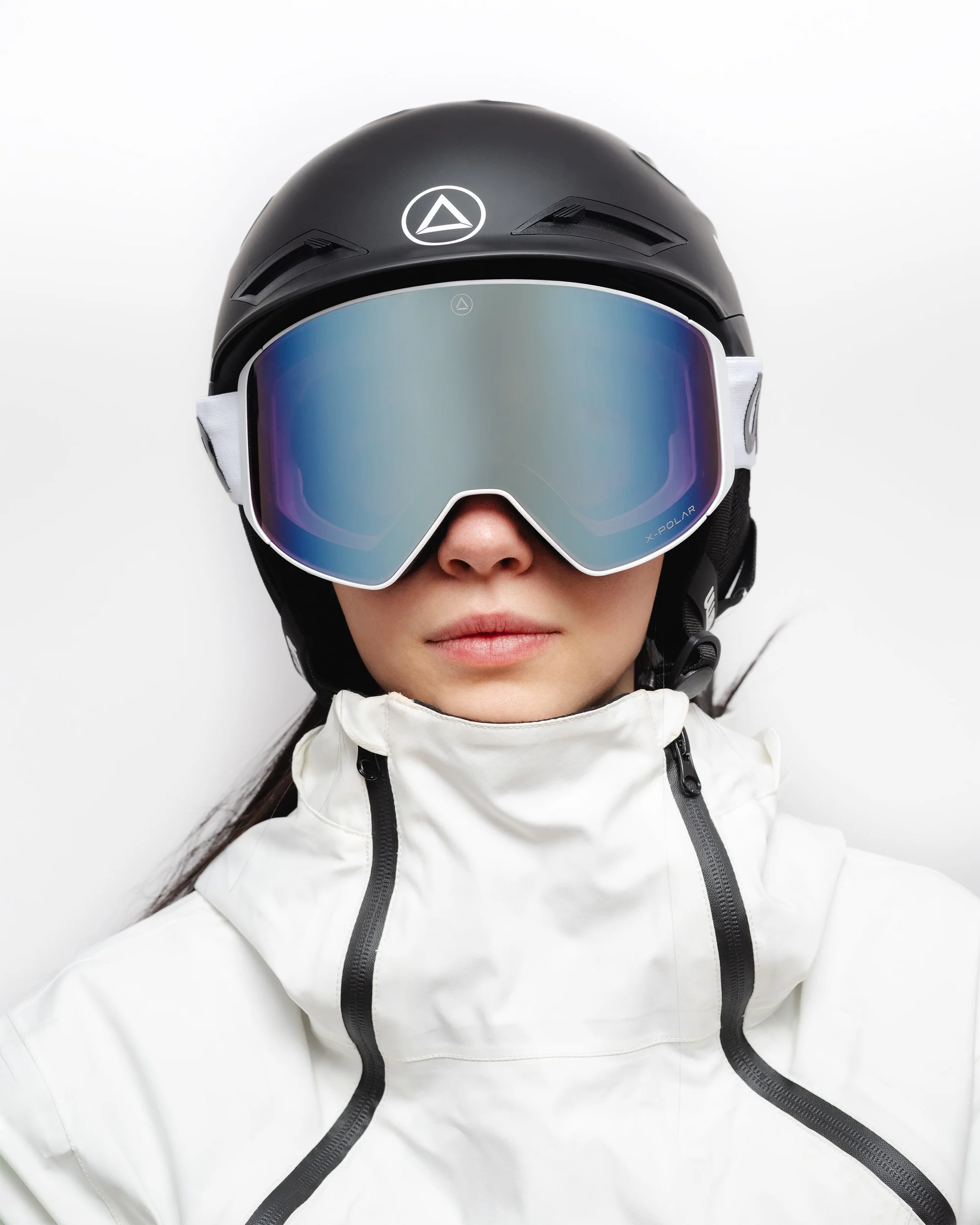Uller is a brand committed to sport and all the values that this brings from camaraderie to the feeling of freedom. However, as much as we love extreme sports and adrenaline, we prioritize our health. That is why a prior warm-up will always be essential before training or competition. skiing is a sport in which bending our knees is key to moving around the slopes, which can lead to the most common injury: torn ligaments. Would you like to know how to prevent it? Here are the ten most important tips to prevent a torn ACL.
1. DO NOT STOP POWERING YOUR MUSCULATURE
If you like sports as much as we do, it will be important that you do not stop strengthening your muscles on a routine basis. If you accustom your body to certain physical exertion, each time you will feel more prepared to do it and that will give stability to your joints, in addition to you will not put too much stress on your ligaments.
After a competition in which we always tend to give our hundred percent and force the machinery to the maximum, it will be important to warm up and stretch the muscles beforehand. Therefore, we should not be surprised when we see athletes like Rafa Nadal cycling for 20 minutes after Roland Garros. Every effort has its reward!

2. DISCOVER PROPIOCEPTIVE TYPE TRAINING
These are the trainings that are used so that our body responds more easily to sudden, fast movements that require adaptation of various muscular and joint systems. It is actually a neuromuscular training that allows the athlete to be more aware of their posture, balance and coordination.
We present four types of very simple proprioception exercises that you can do from home:
- Raise one leg for 30 seconds while the other maintains the balance of your body and you keep it semi-flexed.
- The issue is complicated, since, in this exercise, in addition to maintaining the position from before, another person will throw us a ball that we will try to catch in the air while maintaining our balance

- Holding the weight of your body on one leg, try to lower yourself until you touch the tip of your foot with the opposite hand. Do 10 repetitions.
- Finally, place your foot on a ball and lower your body by bending the leg that rests on the ground. Do 15 repetitions.
3. CORRECT THE TECHNIQUE
Having a bad technique and repeating it constantly can lead to serious injuries. In such a way that we will have to correct the bad techniques that we are used to doing to avoid injuries.

4. AVOID THE INJURY MECHANISM
Any sport has its previous warm-up and in all of them, some parts are affected more than others, depending on the part of our body that is going to be exposed to the greatest effort. Therefore, we must know this factor very well and how this injury can be produced in order to train all movements that avoid gestures, positions or efforts that lead to injuries.
In addition to exercises, there are also functional bandages and other systems that can help this improvement. These bandages can be provided by specialists who will indicate the best treatment that will guarantee sports action by reducing the risk of injury or relapse.

5. THE IMPORTANCE OF A MATERIAL IN GOOD CONDITION
Appropriate ski equipment that is in good condition means that the bindings must be well regulated by a specialist at the ski shop where we rent our equipment, in addition with the measurements adapted to your body, both in height and weight. If the skis are yours, you can also go to an expert from time to time to ensure that everything is in good condition.
6. IMPORTANCE OF GOGGLES AND A HELMET TO PREVENT INJURIES
Using a helmet and the appropriate ski mask will be of vital importance to prevent any eye or cranial injury. Find out how to choose the most suitable helmet for you in case you don't have yours yet and want to get one, since you will protect this part of the body much more.As for masks, at Uller we have a whole large catalogue and a guide for you to choose the most suitable one.

7. TAKE CARE OF YOURSELF AND DON'T DEMAND TOO MUCH!
For any sport, hours of rest and sleep will be mandatory and accompany all training. Fatigue is a very common element in athletes and it can cause serious injuries either due to lack of sleep or excessive physical activity. It can also be due to poor or insufficient hydration throughout the day.
It is recommended to stop physical activity when we notice the first symptoms of fatigue without forcing the machinery. Sports like skiing can cause enormous fatigue if we go too far.

8. A SERIES OF MOVEMENTS THAT WILL HELP YOU PREVENT LIGAMENT INJURIES
We are going to show you a list with a series of very specific exercises that will make our knees suffer as little as possible and reduce the risk of anterior cruciate ligament injuries, the most common of ligament injuries in skiers:
BOX JUMP/DROP JUMP
It is about jumping with both feet from the ground to a platform that is between 30 and 70 centimeters high.

SINGLE LEG SQUAT
This exercise is about the typical one-legged squat.
ECCENTRIC HAMSTRING
It consists of starting standing up and little by little letting the trunk fall with a straight back and in line with the leg that we are raising. It is important that our hips remain parallel to the ground at all times without leaning to the sides.
HIP ABD EXERCISE
This is an exercise to activate the abductors and consists of separating the upper knee from the lower one by squeezing the buttocks.

9. DO NOT GO SKIING ANY TRACK THAT IS NOT YOUR LEVEL!
Confidence in oneself when doing any sport is essential. However, we cannot face a track that is complicated and that we do not control because this can lead to serious injuries. If you want to improve your level of skiing, we recommend that you take classes so that they can tell you how to act in each situation and avoid taking risks.
Above all, because this will prevent you from making sudden or forced turns with your knee and will reduce the chance of ligament tears.

10. TAKE A LOOK AT THE WEATHER AND THE QUALITY OF THE SNOW
In general, it is important to look at the weather when you go skiing, not because it is hot or cold, but rather because of the visibility conditions that we will have. The ski slopes provide daily information about the weather or the state of the snow, and if not, the answer to all your questions is on the internet.
How can you adapt your vision to these visibility conditions? Mainly, choosing a mask whose category is consistent with the amount of light there is. If you find yourself in poor visibility conditions, a CAT lens is best.1 so that what little light there is perfectly enters your field of vision. On the contrary, if you find yourself with a completely sunny day, it is best to get some CAT lens masks.3 that filters that large amount of light and doesn't dazzle you. That's why at Uller we have some interchangeable lens masks that will be perfect for a day when that amount of light is changeable and you need to have another lens on hand.
In the event that, finally, it is impossible to see the terrain due to extreme weather conditions, it is best to stop skiing to avoid accidents or injuries. As for snow, there are many types of powder, hard, wet... You should take it into account based on your previous experience to decide which areas will be more dangerous and which not.

Now that we've shown you everything you need to know to prevent ligament injury, don't be afraid of sports, let alone skiing! Following these tips, there will be no season that can with you.
QUESTIONS AND ANSWERS
- WHAT ARE THE MOST COMMON INJURIES YOU CAN GET SKIING?
The most frequent injuries that we can suffer while skiing are injuries to the knee such as ruptures of the collateral ligaments, the anterior cruciate ligament and the meniscus. On the other hand, there is the so-called "skier's thumb" injury due to a fall on the hand with the fist that grips the pole in such a way that the strap and the fist perform a forced deflection of the thumb. Most injuries occur to the wrist from falling to the ground.
- WHAT FACTORS CAN AFFECT A CRUISE LIGAMENT TORN?
The factors that can affect a cruciate ligament tear are lack of physical preparation, fatigue, wearing incorrect clothing or material, poor snow quality or decreased hydration and insufficient intake.
- HOW TO TREAT A LIGAMENT INJURY?
The best way to treat a ligament injury is with rest, ice, and anti-inflammatory medications. It will, of course, be highly recommended to go to the doctor, as he or she may advise you to use crutches or put on a protective knee pad.
- WHAT FUNCTION DO THE CRUSIATE LIGAMENTS HAVE IN OUR BODY?
The function of the cruciate ligaments is to give stability to the knee allowing it to move without excessive movement. It limits the internal rotation of the knee, particularly when it is in extension.
- WHAT ARE THE MOST COMMON JOINT INJURIES?
The most common injuries to the joints are arthritis which is the inflammation that causes pain in the joints; bursitis occurs due to inflammation of the fluid bags that protect the joints ; and dislocation, also called dislocation which is when a bone is dislodged from its place.
- CAN A GOOD DIET AVOID THE RISK OF INJURIES?
A good diet can help us to improve the flexibility and mobility of the joints and muscles because we will have greater ease in making movements and avoiding injuries, but it is certainly part of prevention in which Other factors are also involved.
- CAN YOU WALK WITH A TORN CRUISE LIGAMENT?
Yes, you can walk with a torn cruciate ligament, climb stairs, even walk fast without feeling any pain. For this reason, many people who suffer from it mistakenly do not go to the doctor.
- WHAT HAPPENED TO MARIA KOMISSAROVA AT THE SOCHI OLYMPIC GAMES?
What happened to Komissarova was that she suffered a major injury during the Sochi Winter Olympics that consisted of a displacement of the spine for which she had to undergo emergency surgery.
- WHICH IS MORE DANGEROUS: SKIING OR SNOWBOARDING?
Snowboarding is more dangerous since it has a clearly higher risk with a 27% higher incidence of injuries with lost weeks of competition or training.
- HOW MUCH TIME DO SKIERS SPEND WARMING UP?
The time that skiers dedicate to warming up can last between 10 minutes if it is a general warm-up and up to 30 or 40 minutes if it is a specific warm-up. The parts that will have to be warmed up are ankles, knees and hips.







































